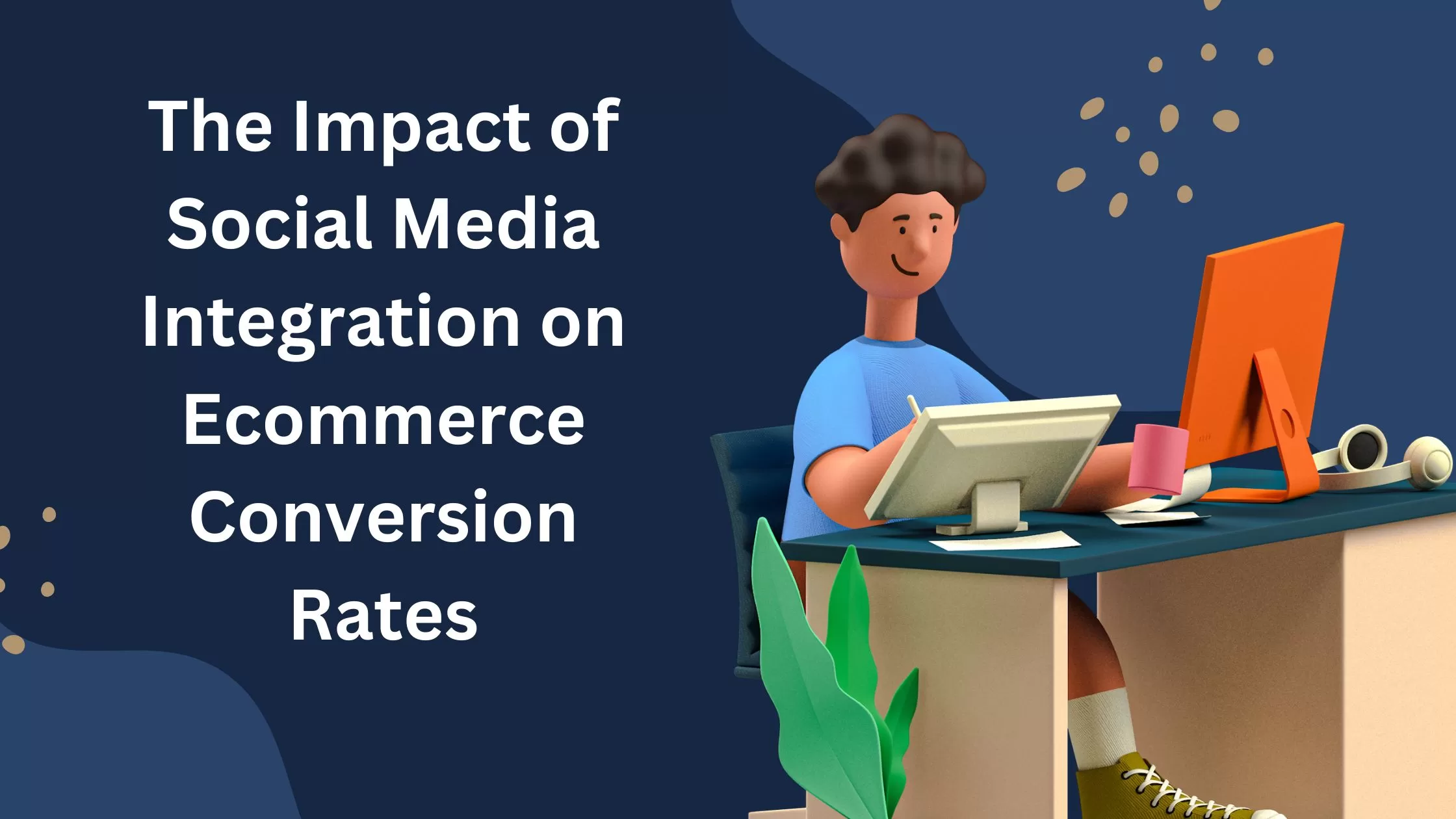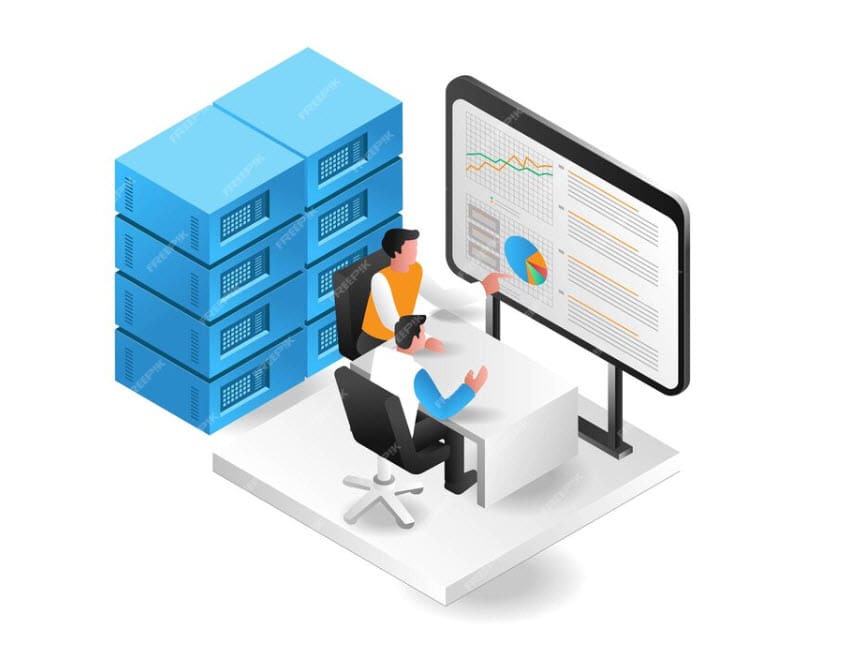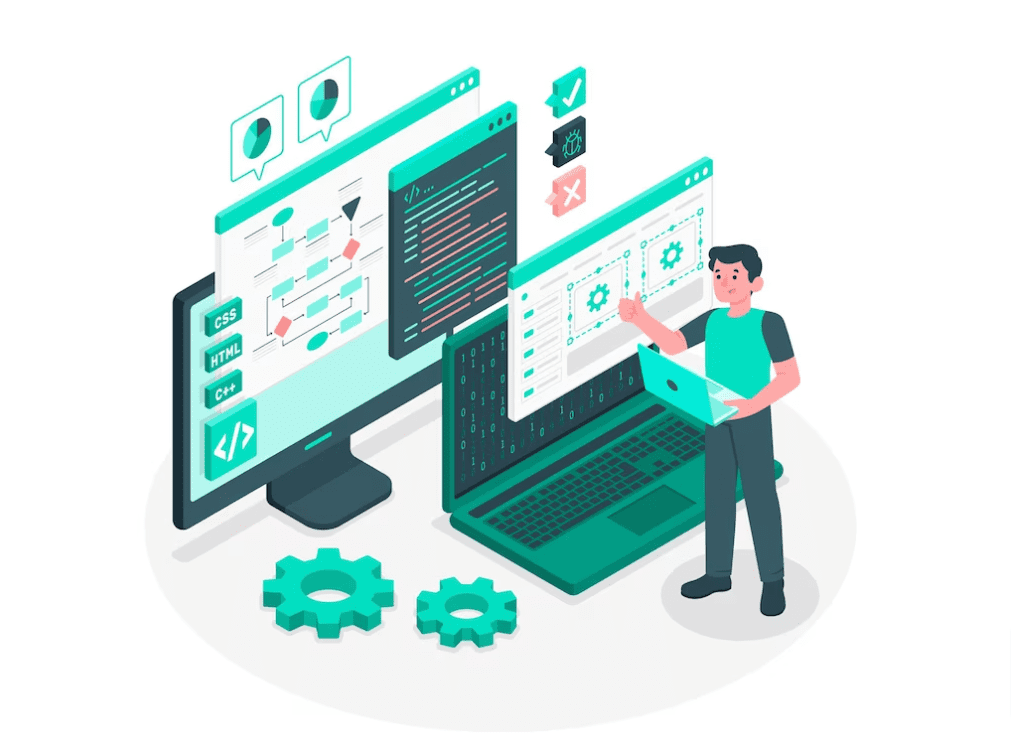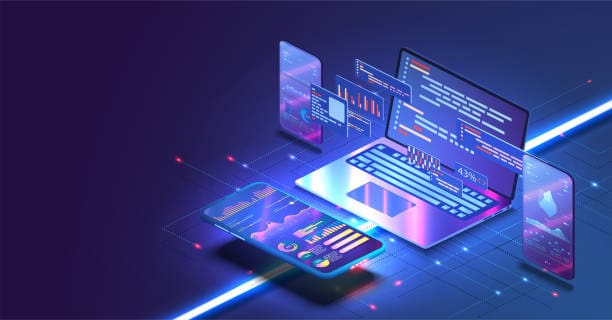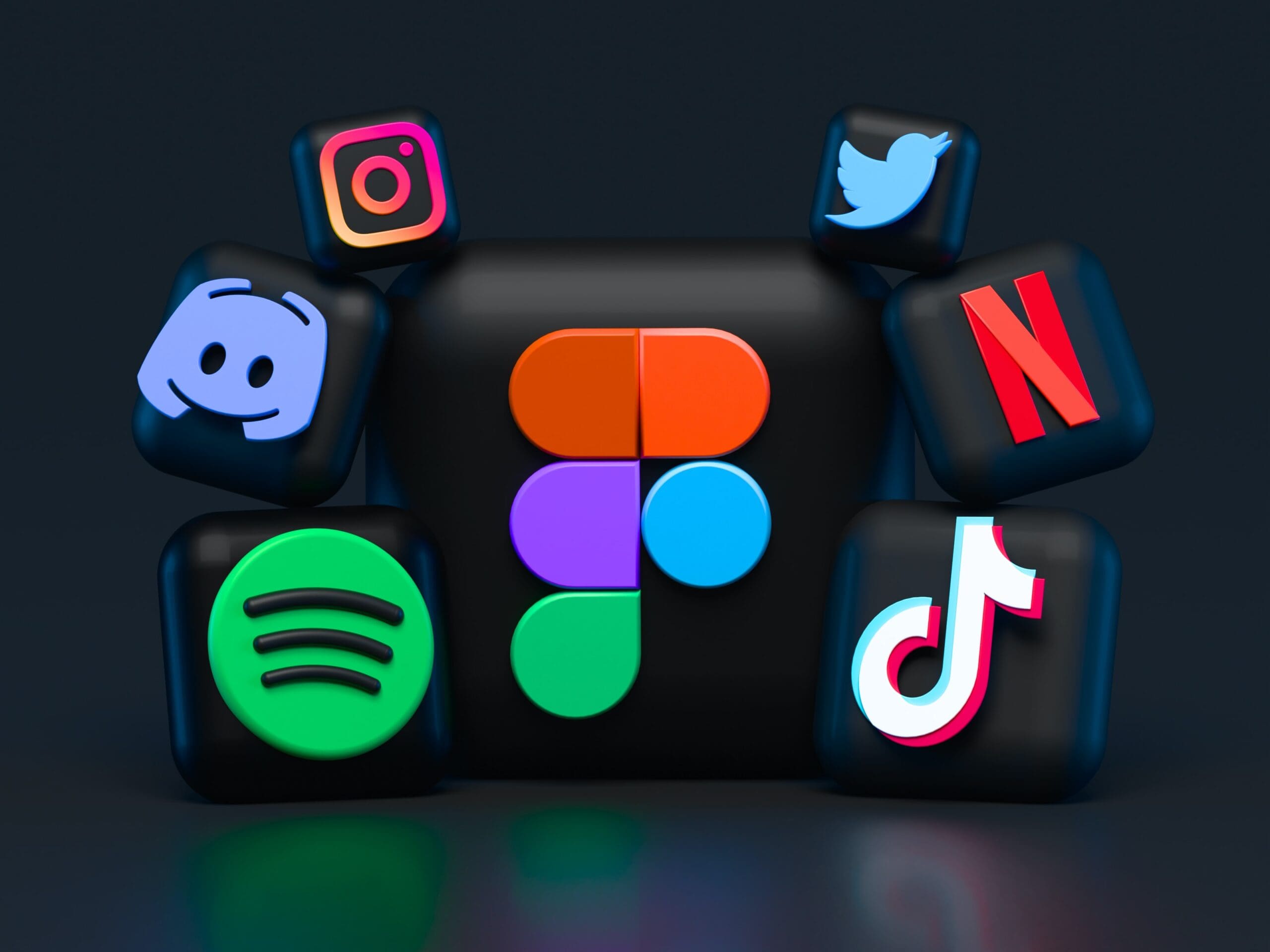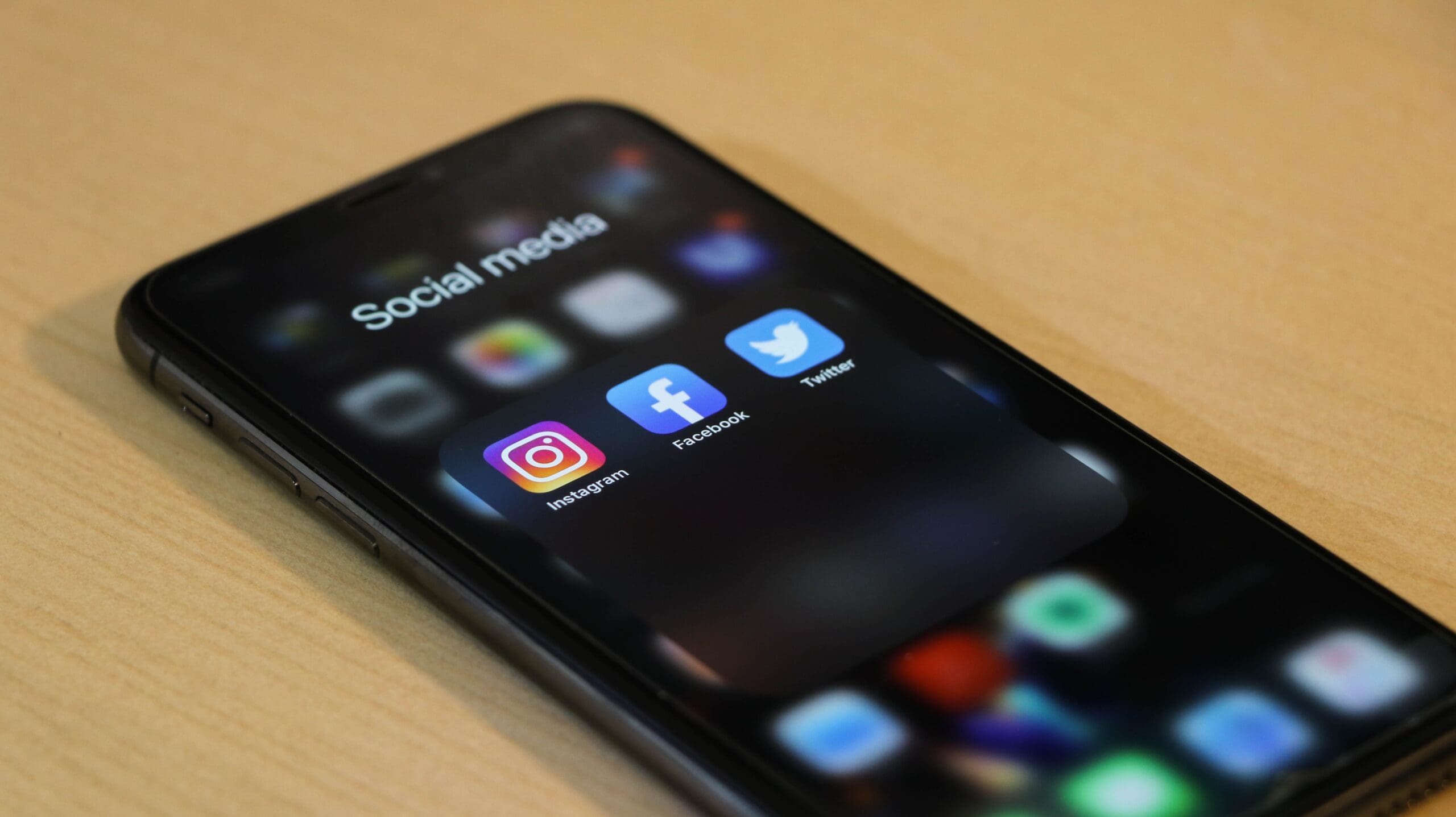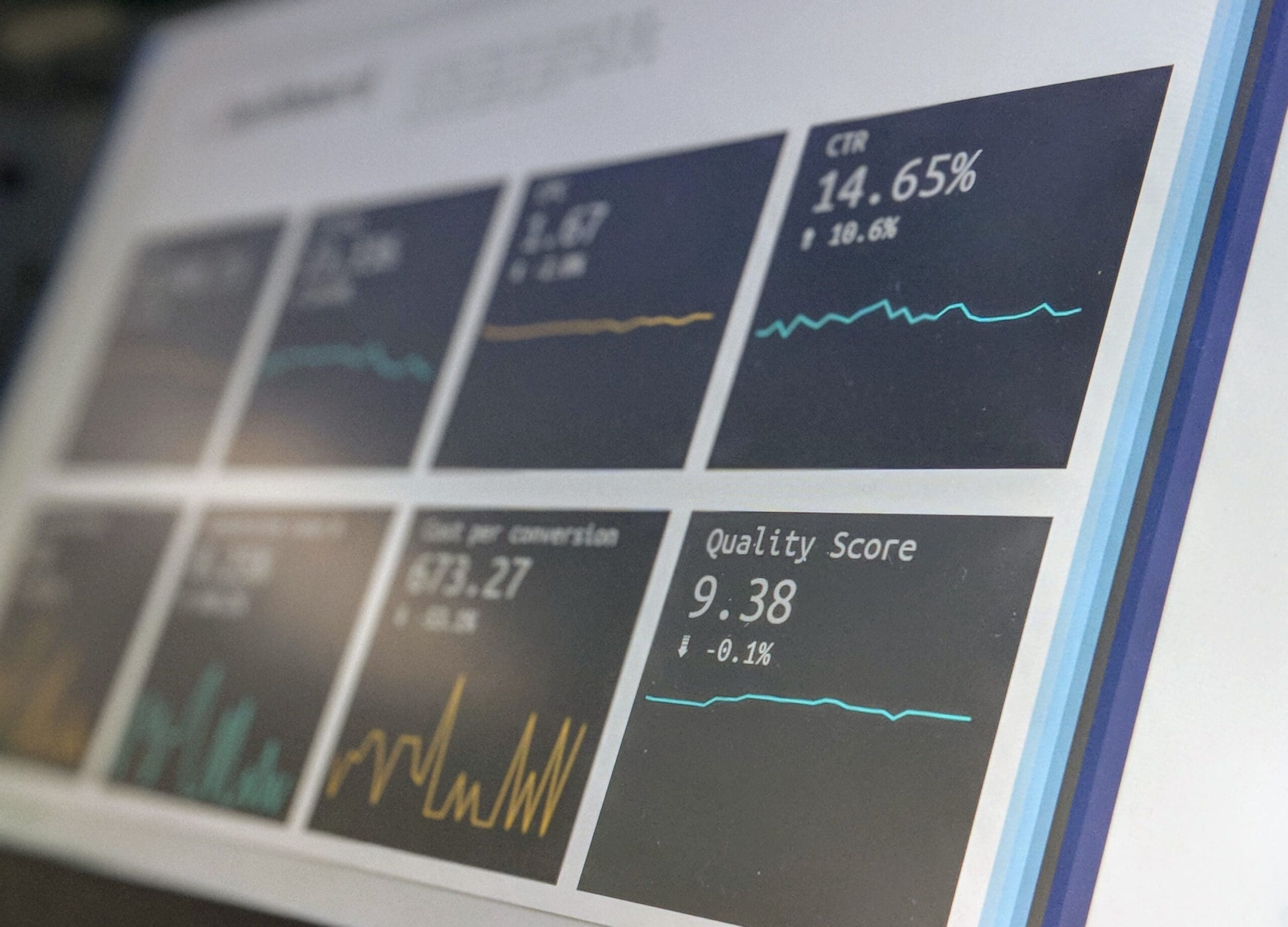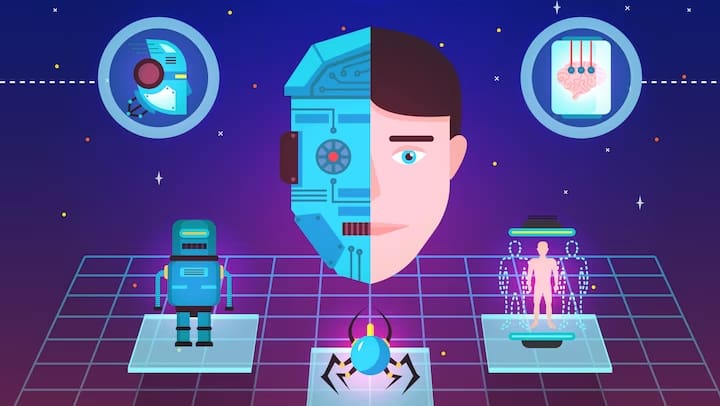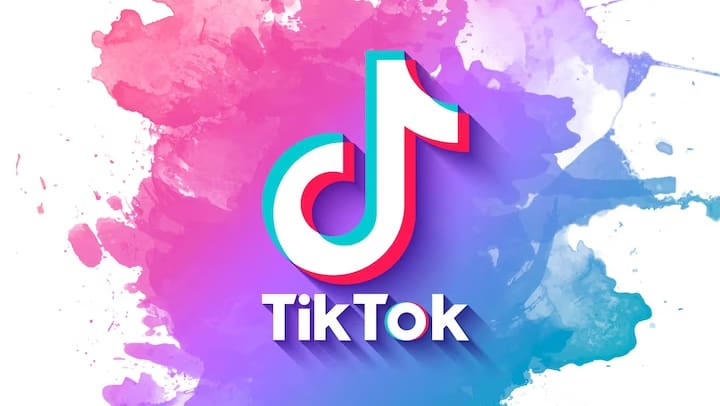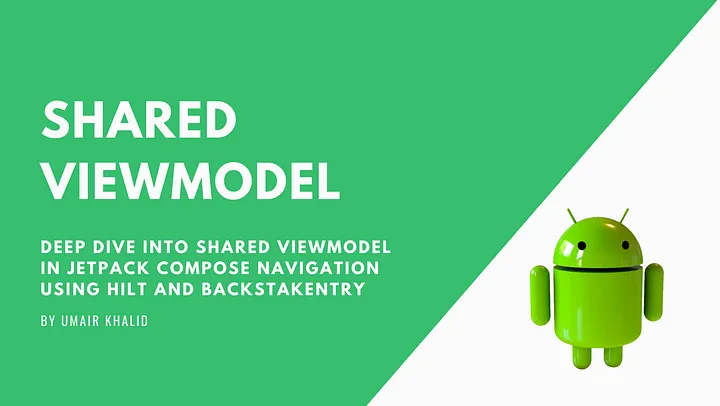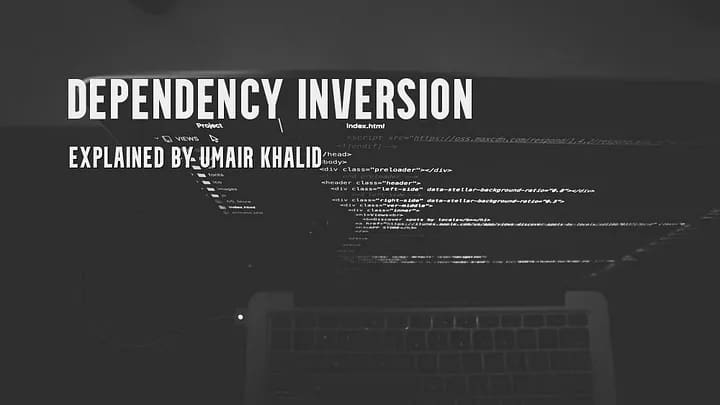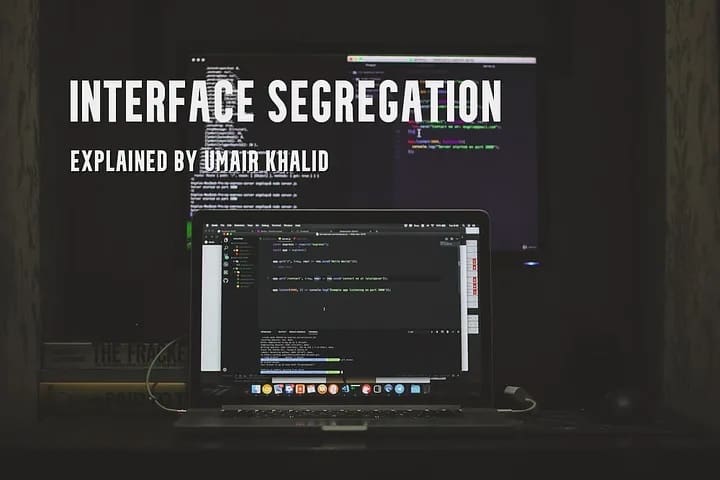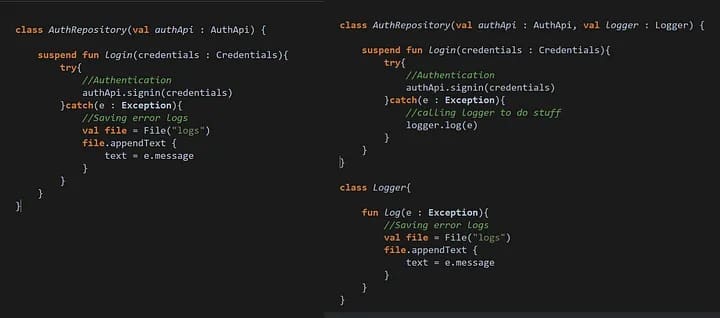Flutter vs. Swift: Which is Better for iOS App Development?
Mobile app developers in the USA frequently have to select between Flutter and rapid when developing iOS apps. Selecting the precise platform could have a tremendous impact at the outcome of your task, as each offers distinct benefits. In an effort to help you determine that’s extra suitable to your iOS app development needs, this post will evaluate Flutter and rapid, highlighting their respective advantages.
Comprehending Flutter and Swift
Google developed an open-source framework for UI software development called Flutter. It enables programmers to create natively compiled laptop, web and mobile applications all from the same codebase.Flutter stresses a highly configurable and quick development process using the Dart programming language.
The potent and user-friendly programming language from Apple, Swift, on the other hand, is made especially for creating apps for iOS, macOS, watchOS, and tvOS. Developers may construct incredibly secure and performant apps using Swift because to its comprehensive and seamless architecture.
Significant Comparisons
-
Development Speed:
Flutter: “Hot reload” capability, which lets developers view changes instantly without having to restart the entire program, is one of its key features. This considerably shortens the time needed for debugging and speeds up the development process. To further increase efficiency, mobile app developers in the USA may write once and deploy across iOS, Android, and other platforms thanks to Flutter’s unified codebase for various platforms.
Swift: Compared to Flutter’s hot reload, Swift takes more conventional compile times despite its power. But as Swift is tailored for Apple’s ecosystem, it performs like no other on iOS. For developers who value a highly polished, platform-specific experience, Swift is perfect.
2- Performance
Flutter: The high-performance rendering engine and direct compilation to native code of Flutter contribute to its remarkable performance. However, considering the additional abstraction layer that the Dart language offers, it might still fall somewhat short of Swift in situations that call for optimal optimization and native speed.
Swift: Apple created this language specifically for iOS development and it delivers better speed and productivity. Swift-coded applications may fully utilize iOS device hardware and software optimizations to deliver the optimal user experience.
3- Modification and UI Design
Flutter: With its large customisation options and diverse library of pre-designed widgets, Flutter stands out. Because of its tiered architecture, American mobile app developers may easily create intricate and eye-catching user interfaces. The widget-based design of Flutter guarantees a uniform appearance and feel on various platforms, albeit on iOS this may occasionally lead to a less “native” look.
Swift: Swift provides unmatched native UI components and customization through UIKit and SwiftUI. Apple’s Human Interface Guidelines can be closely followed by developers when creating interfaces, guaranteeing a smooth and native appearance and feel. The strong and sophisticated UI frameworks in Swift offer extensive interaction with iOS capabilities.
4- Learning Curve and Support from the Community
Flutter: Due to Flutter’s rising popularity, there are more tutorials, resources and community assistance accessible. But many developers might not be familiar with Dart, the language used by Flutter, so it will take some time to get up to speed.
Swift: In the iOS development community, Swift is more well-known. For individuals who are experienced with other C-based languages, Swift offers a relatively easier learning curve because to its robust developer community, copious documentation, and abundance of learning materials.
Importance for Mobile App Developers in USA
In order to choose between Flutter and Swift, mobile app developers in the USA must weigh the requirements of cross-platform compatibility, rapid development, and optimal performance and native experience. This is an important decision for a number of reasons.
Market reach is an important consideration. As Flutter is cross-platform, developers may concurrently target the iOS and Android marketplaces, expanding their reach and possibly cutting development costs. Developers can save time and money by employing a single codebase for numerous platforms, which makes it a desirable choice for people who want to swiftly and effectively launch their software across several devices.
The user’s experience is important. Swift makes ensuring iOS apps are as user-friendly and performance-optimized as possible. This is critical for user satisfaction and retention since Swift apps can fully utilize Apple’s software and hardware optimizations. Users frequently appreciate the more polished and native look and feel that results from the close adherence to Apple’s design rules and seamless integration with iOS capabilities.
Efficiency in development is an important variable to keep in mind. Time-to-market may be considerably shortened with Flutter’s quick development cycle, which is important in the highly competitive app market. Developers may observe changes in real-time without having to restart the entire application thanks to Flutter’s “hot reload” functionality, which expedites development and shortens debugging times. For developers that must react to market needs and iterate quickly, this can be a huge advantage
Share this article
Written by : admin
Latest Articles
June 21, 2024
June 11, 2024
June 10, 2024
May 31, 2024
May 27, 2024
May 10, 2024
February 1, 2024
December 28, 2023
December 26, 2023
December 18, 2023
December 15, 2023
September 26, 2023
September 21, 2023
September 19, 2023
September 19, 2023
September 12, 2023
September 5, 2023
August 29, 2023
March 31, 2023
March 20, 2023
March 13, 2023
March 13, 2023
March 13, 2023
March 13, 2023
March 13, 2023






